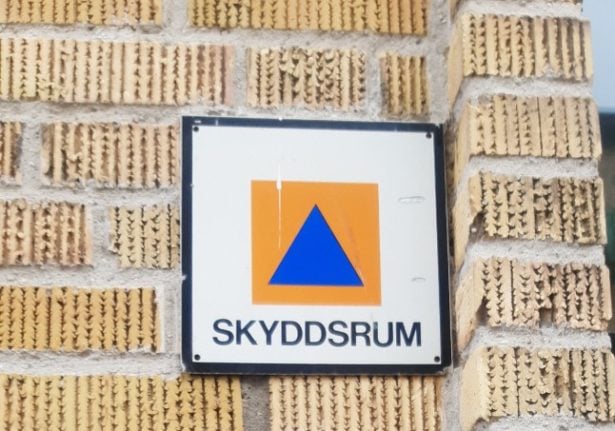Listen to a discussion about Sweden’s bomb shelters on Sweden in Focus, The Local’s podcast.
Click HERE to listen to Sweden in Focus on Apple Podcasts, Spotify or Google Podcasts.
- an air lock
- shelter doors,
- a threshold – fixed or mountable
- an alternative exit, made from concrete or with a steel hatch
- a ventilation unit
- protective filters
- pressure relief valves
- a shock wave valve – one per ventilation unit
- supply air ducts
- a heating device
- lighting
- capture devices for lighting fixtures and heating elements
- sealing strips for doors. These strips must be stored in a package in peacetime
- taps, drains on the floor, a vent, and for shelters built after 1961, a key to open and close the drain.
- toilet walls, a toilet, and water barrels
- tools for dismantling any equipment or furniture in place for peacetime use and getting the shelter ready.
- instructions for assembling, operating, and maintaining the shelter



 Please whitelist us to continue reading.
Please whitelist us to continue reading.
Member comments